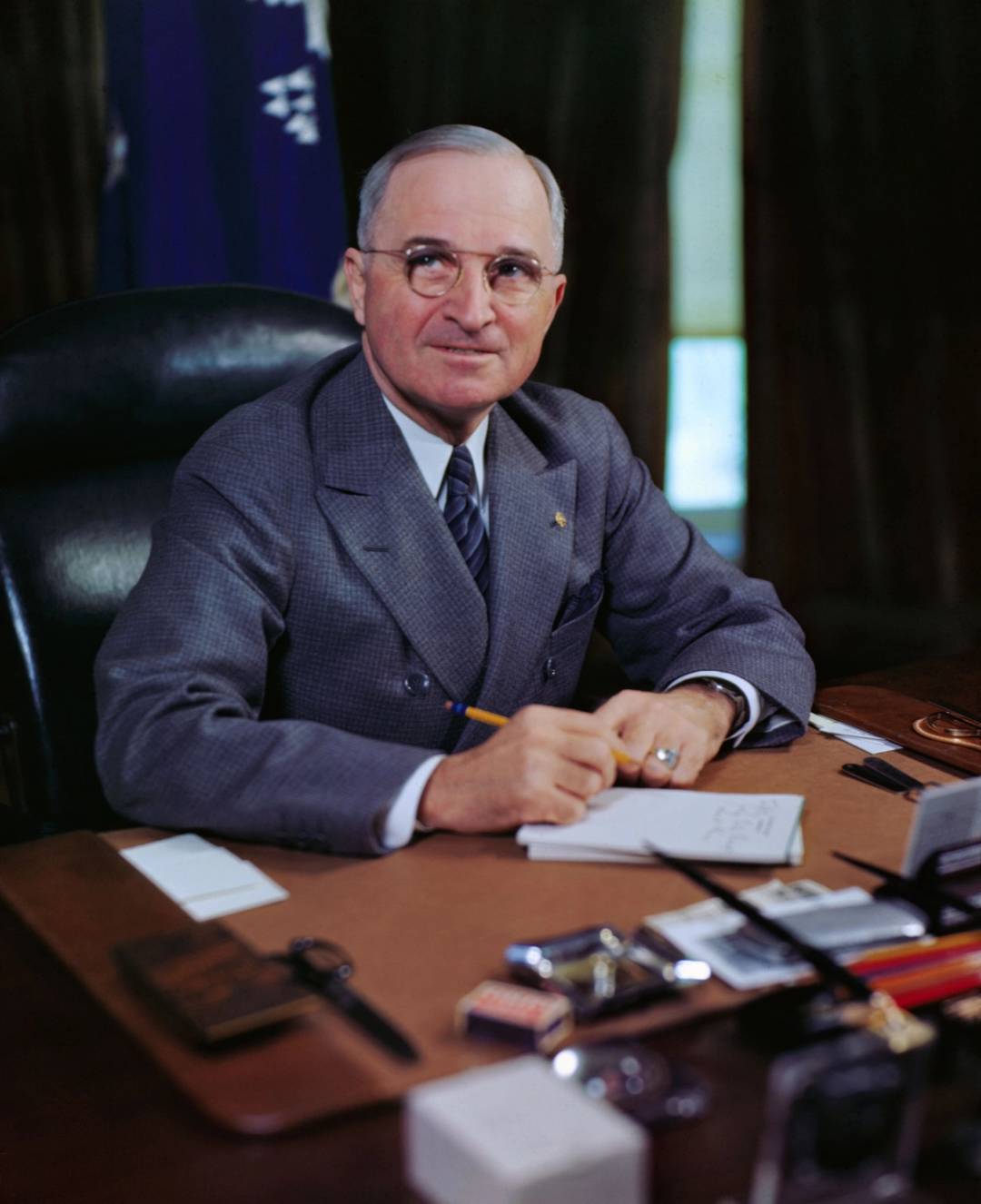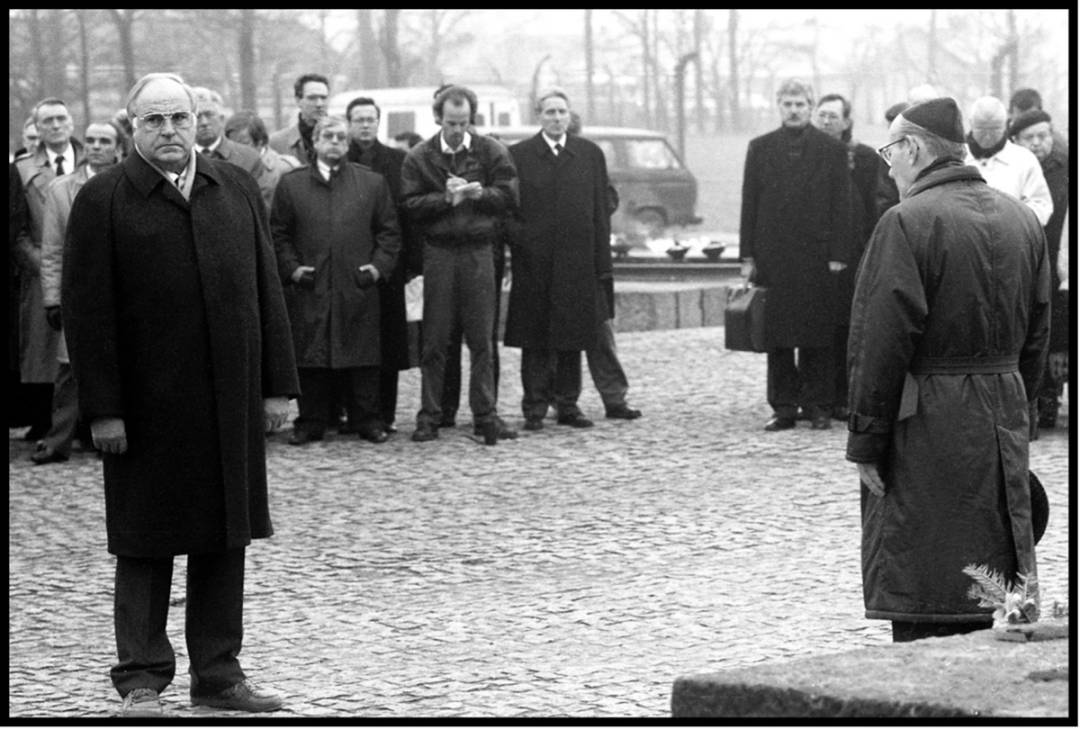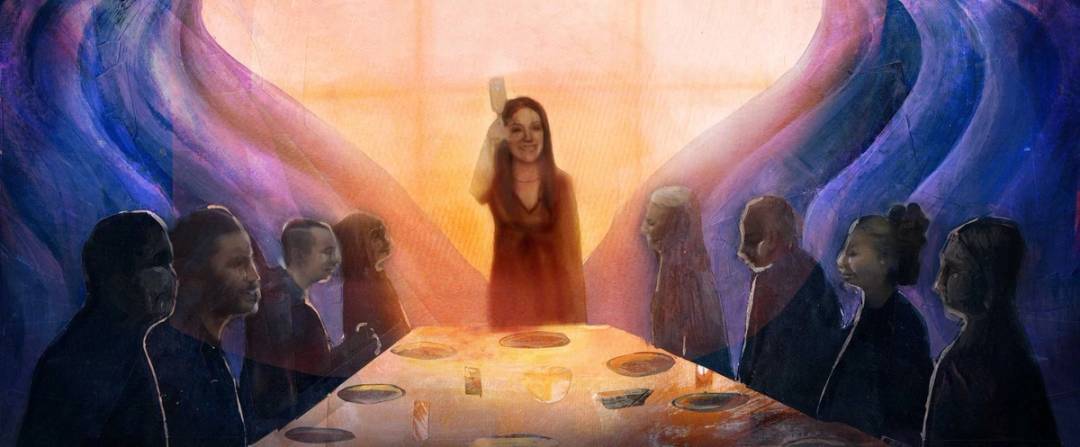Tablet Magazine
Will the Family Still Be Speaking After Passover?
Sunday, April 21, 8 p.m. ET: The war’s not just in the Middle East—it’s at our seder tables too. Navigating tough conversations with the people we love: A conversation with Rabbi Rena Rifkin of the Stephen Wise Free Synagogue in Manhattan and psychologist Dr. Betsy Stone, with Tablet’s Kathryn Wolf.
This is a Tablet Zoom member event: click here for more info and registration
Listen to Tablet
Will the Family Still Be Speaking After Passover?
Sunday, April 21, 8 p.m. ET: The war’s not just in the Middle East—it’s at our seder tables too. Navigating tough conversations with the people we love: A conversation with Rabbi Rena Rifkin of the Stephen Wise Free Synagogue in Manhattan and psychologist Dr. Betsy Stone, with Tablet’s Kathryn Wolf.
This is a Tablet Zoom member event: click here for more info and registration
Listen to Tablet
Newsletter
Subscribe to Tablet:









